Watercolor painting basics : How to fix watercolor mistakes
March 20, 2012 2019-02-06 13:42Watercolor painting basics : How to fix watercolor mistakes

Watercolor painting basics : How to fix watercolor mistakes
There is a belief that once you have your watercolor paint on the paper it has to stay there, no room for hesitation or mistakes, but there is actually quite a number of techniques you can use to fix before that painting ends up in the recycling bin, here are a few of them.
Watercolor painting basics, how to fix mistakes
If your paint is still wet:
Stop and think, Is that really a mistake?, imperfections are part of the charm of watercolors.
If you decide it is a mistake and the paint is still wet, you can use a tissue paper or damp sponge to gently remove it.
I am a Blick Art Materials affiliate and I receive a small compensation for sales. That does not effect in any way the cost of the purchaser’s order but it helps me keeping the content of this blog free.

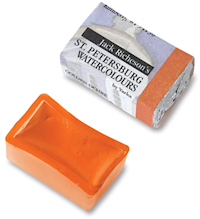 |
Yarka St. Petersburg Professional Watercolor PansSame palette of traditional colors the great masters used a century ago. Liquid-poured means semi-moist pans respond instantly to a wet brush. 24 pans in plastic case. Also individual pans. – Master Set |
You can actually move the paint around quite a bit with a stiff brush, so you can push the paint to another area of the painting.
If the whole painting took a bad direction by becoming too tight or detailed you can be bold and put it under the shower and wash off most of the paint. You will end up with a ghost image of your painting and can make a new start from here.

Mixed-Mixed media on paper. I did brush off some paint with a stiff brush
If your paint has dried
You can re- wet it and use the techniques mentioned before.
If you want to remove more paint you can use lots of water with a stiff brush. I use this technique often to lighten the dark and make them transparent and alive by retrieving the white of the paper.
Erasing with an eraser can actually remove quite a bit of paint and has a very subtle effect.
You can use a razor blade and remove a bit of the paper on top, I don’t like it too much as I always fear to damage the paper.
You can use bleach to lighten areas but I don’t like it either as I am pretty sure it will damage a bit the paper fibers.
You can use white gouache or white acrylic to retrieve some whites and liven the whole painting, or gouache mixed with watercolor ( body color).
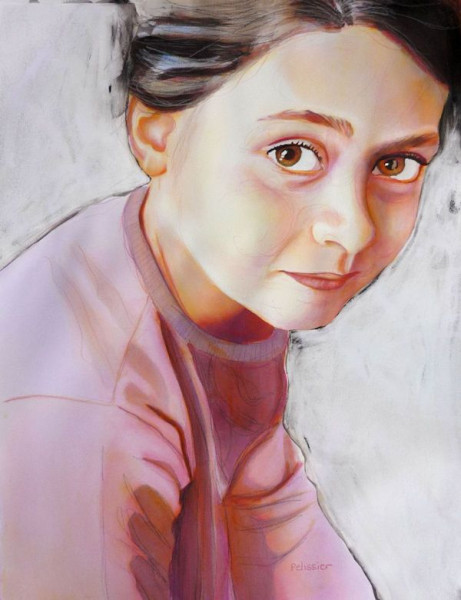
Day off, watercolor and mixed media on paper. I used acrylic in the background.
You can paint on top with acrylic, using your watercolor as an under-painting, fixing up what you didn’t like.
I also like to mix Acrylic and watercolor or India ink for backgrounds. If you don’t like a background you can use any of those to paint on top of it.
You can add bit of collage on areas you don’t like, and experiment with different kids of paper.
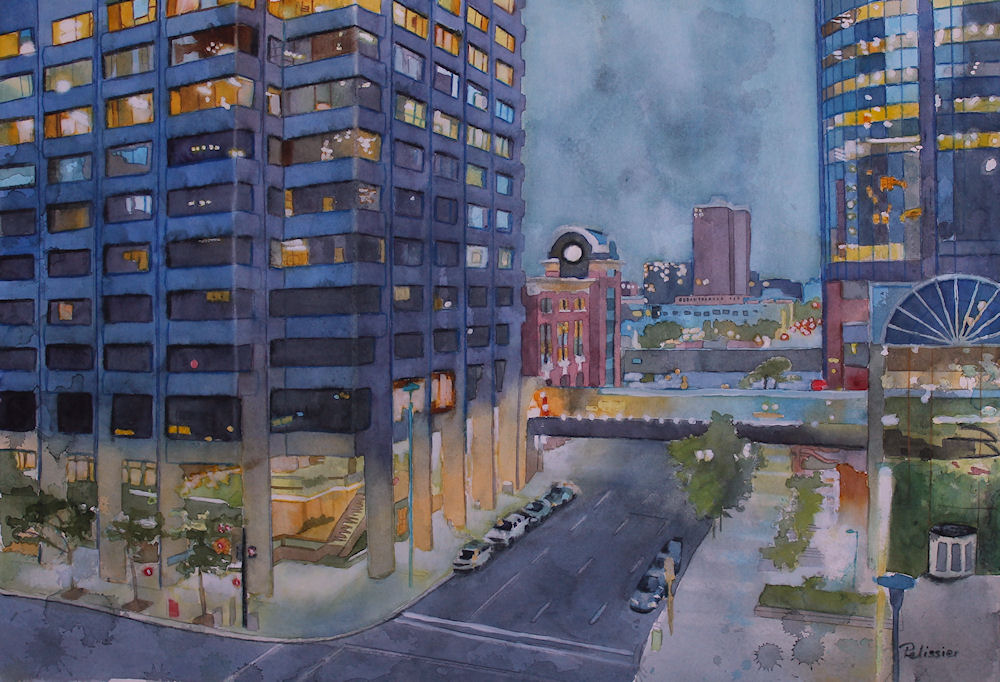
Two Nights in Calgary, watercolor and mixed media on paper, 15 x 22 inches. I used a bit of white gouache.
I am a Blick Art Materials affiliate and I receive a small compensation for sales. That does not effect in any way the cost of the purchaser’s order but it helps me keeping the content of this blog free.

 |
Holbein Acryla Gouache, 152 Chinese White, 20 mlAcryla Designer Gouache is a fast-drying, opaque acrylic based watercolor paint. It’s water soluble while wet, and water-resistant, matte and opaque, even over dark surfaces. Great for grounds and layering. |
You can try adding spatters and drips as I showed here for example: Messing up watercolor portraits, then a little mistake is not so important if it is surrounded by lots of splatter !
What techniques are you using to rescue your watercolors?


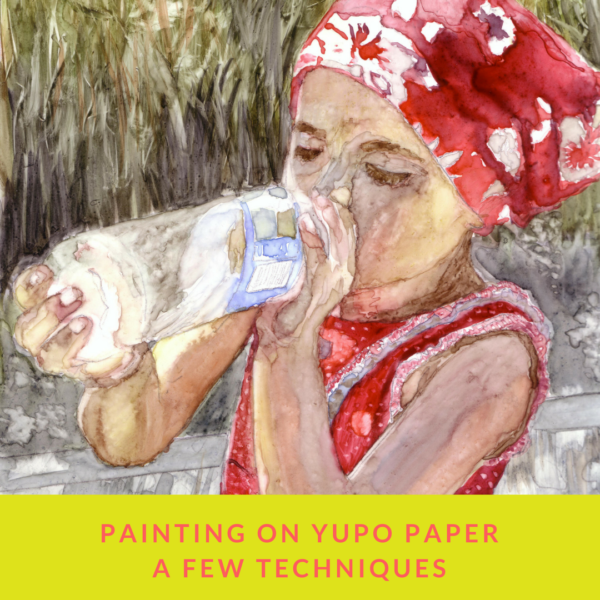
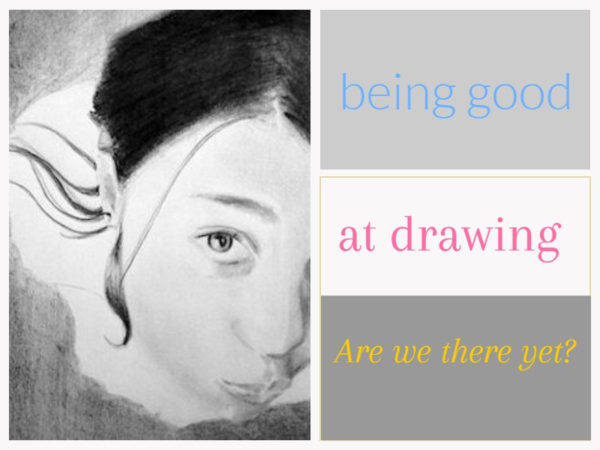




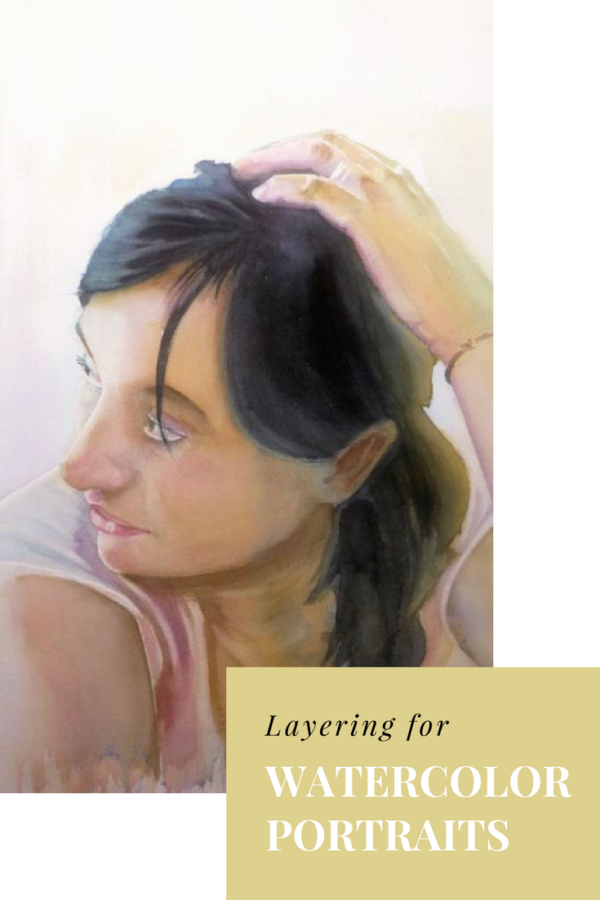
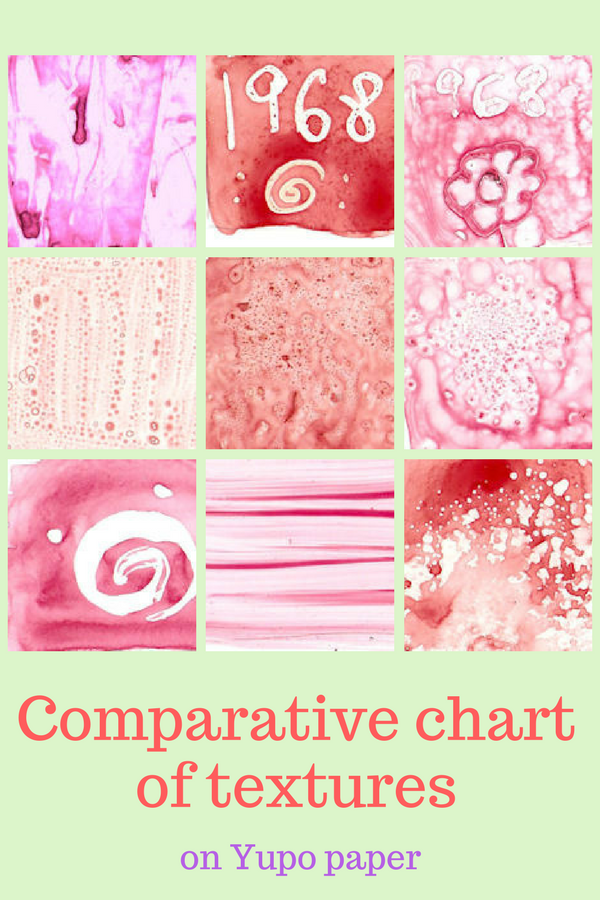
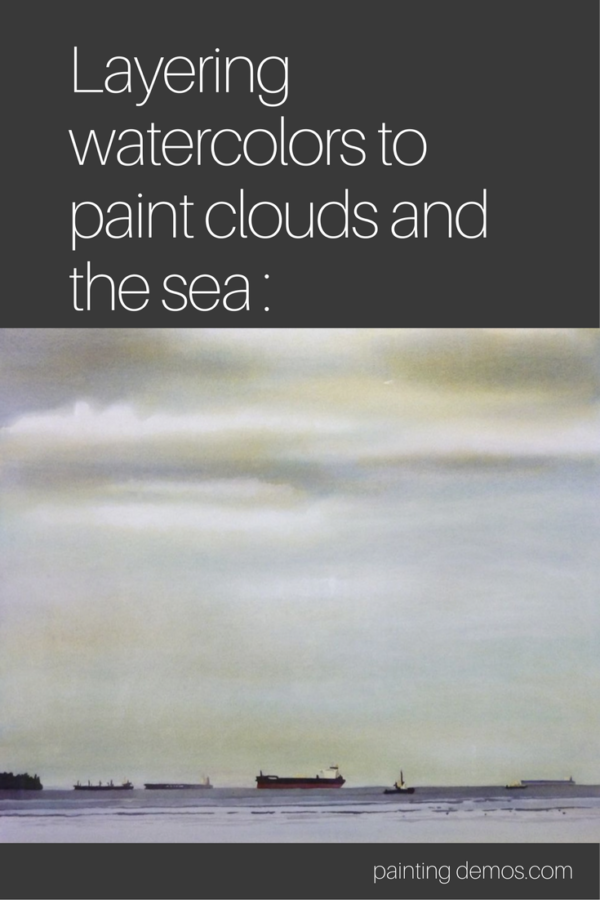


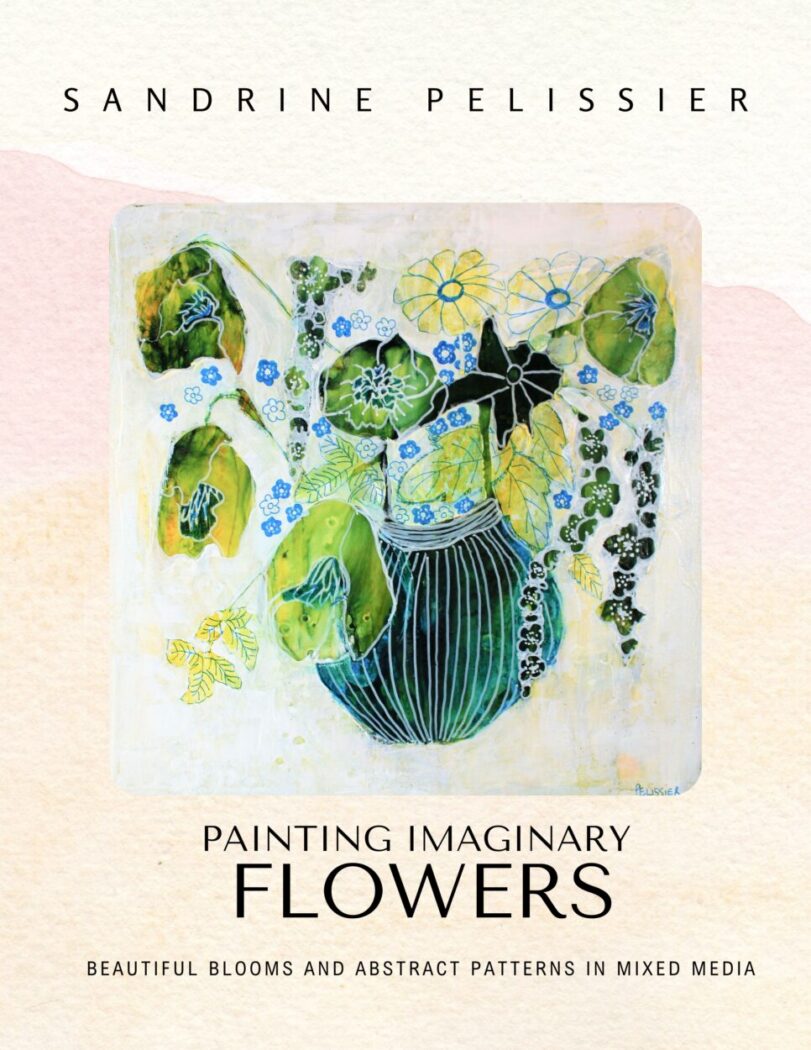
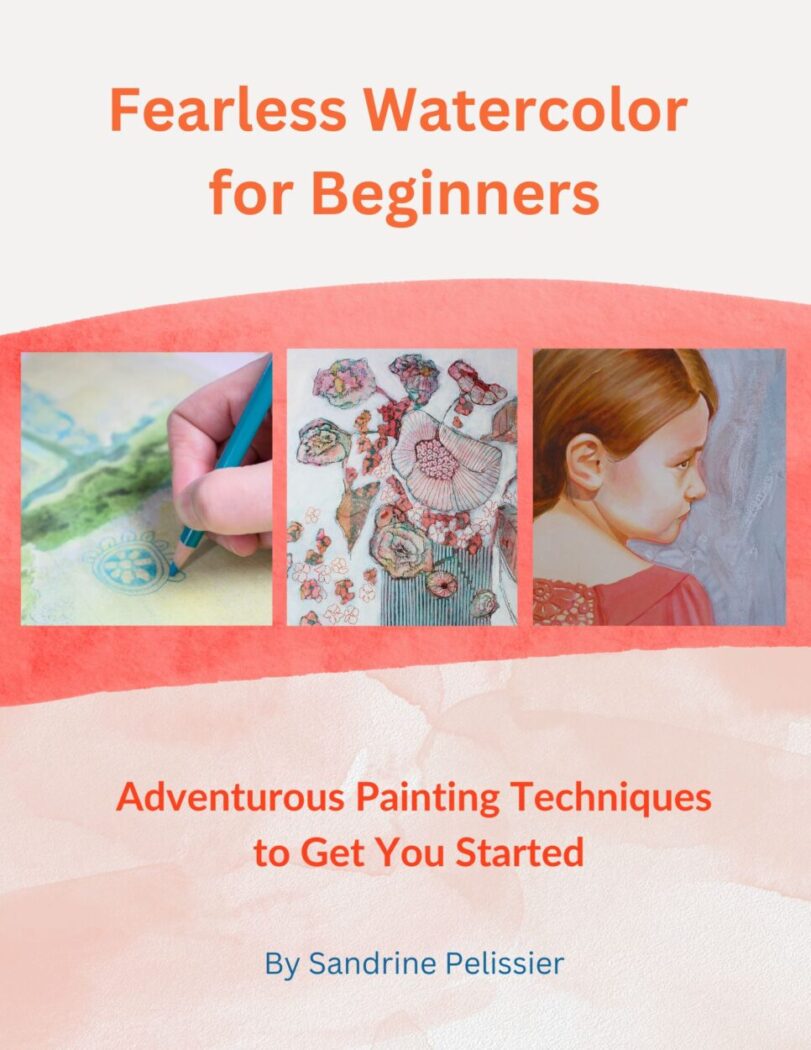

Comments (14)
Checklist for a successful painting, what to critique in your own work
[…] You might also be interested in : How to fix watercolor mistakes […]
Michèle
J’aime beaucoup vos créations,et je trouve génial de partager vos savoirs, mais je regrette tant que vos articles ne soient pas disponibles en français…
Sandrine Pelissier
Merci Michele:)
Je n’ai pas d’articles en français pour le moment mais nous sommes en train de traduire la classe “créativité et bien être” , elle devrait être publiée dans les prochains jours. Je vous tiens au courant.
Debbie Gilbert
Sandra,
I could stay on your website all day long! (Have been unable to get my “work” done today) – you are such a generous spirit and sharing so many wonderful tools to painting. When I start to paint, I just freeze!! You have such a flow and gift of acceptance and pure joy. Your work shows it all the way through – thank you for using your website to help those of us who are stuck in “fear”… –
Sandrine Pelissier
Thanks Debbie, this is very nice of you !
Your comment made me very happy 🙂
mercedes
Thanks for sharing, you are wonderful. Sandrine, you’re a great teacher. Thank you for your teachings. Respectfully
Sandrine Pelissier
Thank you so much Mercedes!
Cherry Blossoms
[…] Blossom FestivalVancouver Cherry Blossom Photos 2012Cherry Blossom part IAnother cherry blossomWatercolor First Aid KitCherry Blossom FestivalArtist Trading Cards: Stephanie BrothersA Silk Purse From A Sow’s Ear […]
North Shore Art Crawl
[…] for our North Shore Art Crawl 2011 VideoFreighters, Watercolor on paperWatercolor First Aid KitFreighters, Watercolor on paperWatercolor First Aid Kit ul.legalfooter li{ […]
lesliepaints
Excellent tips, Sandrine! I am going to have to try the eraser one. Thank you!
Sandrine Pelissier
Thanks Leslie 🙂
ymucci
Love your work!
I’ve had success using lemon juice to remove ultramarine blue in watercolor paintings. (You’ll get a sulfur smell because of the chemical reaction.)
After using the lemon juice, apply several washes of clean water to remove any left over juice. Try it on a sample first.
I’ve found that watercolor is very forgiving, nothing is permanent.
Nuno
Thank you very much for all these tips!
Inger-Kristina Wegener
Thank you for sharing!